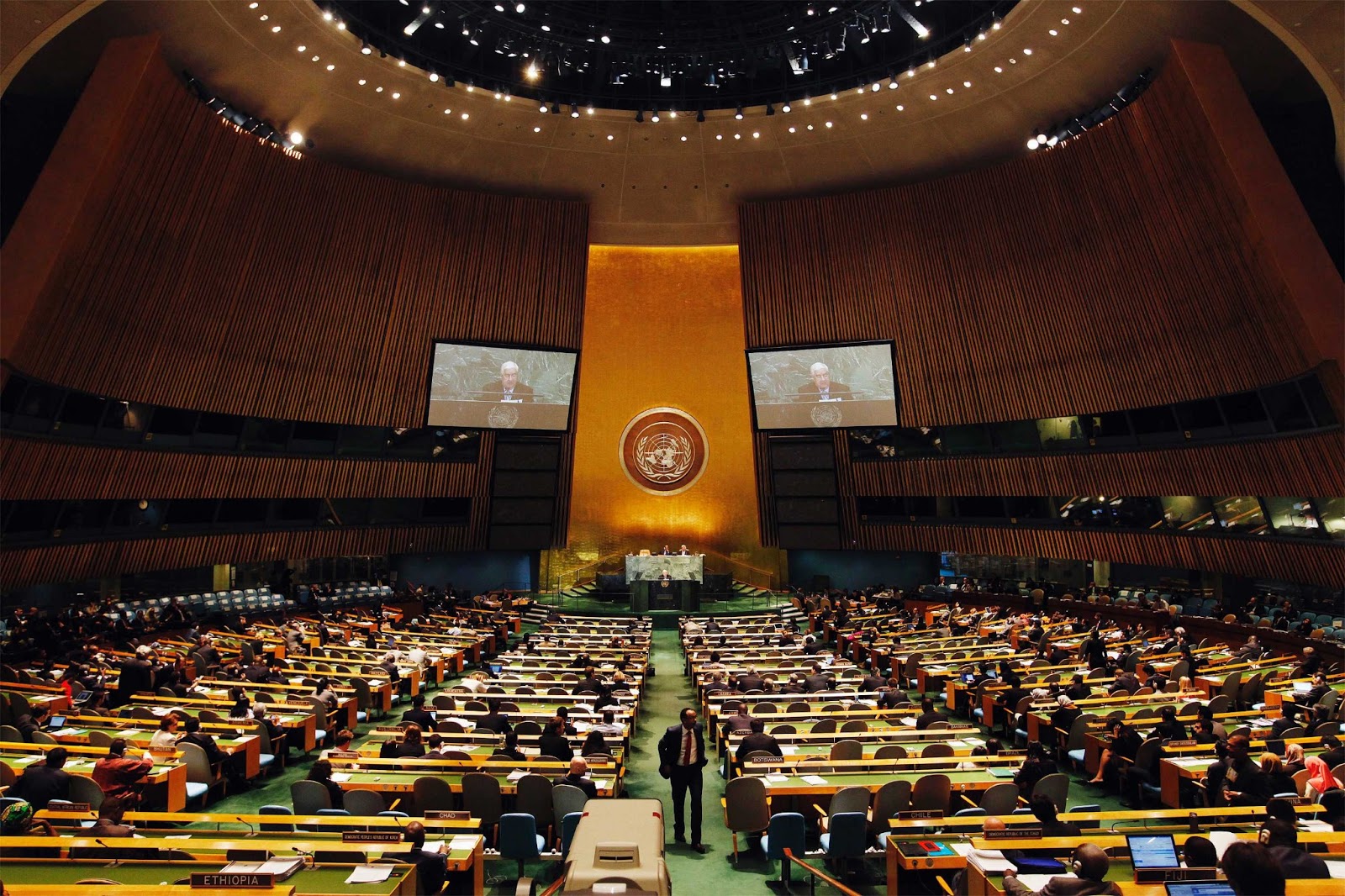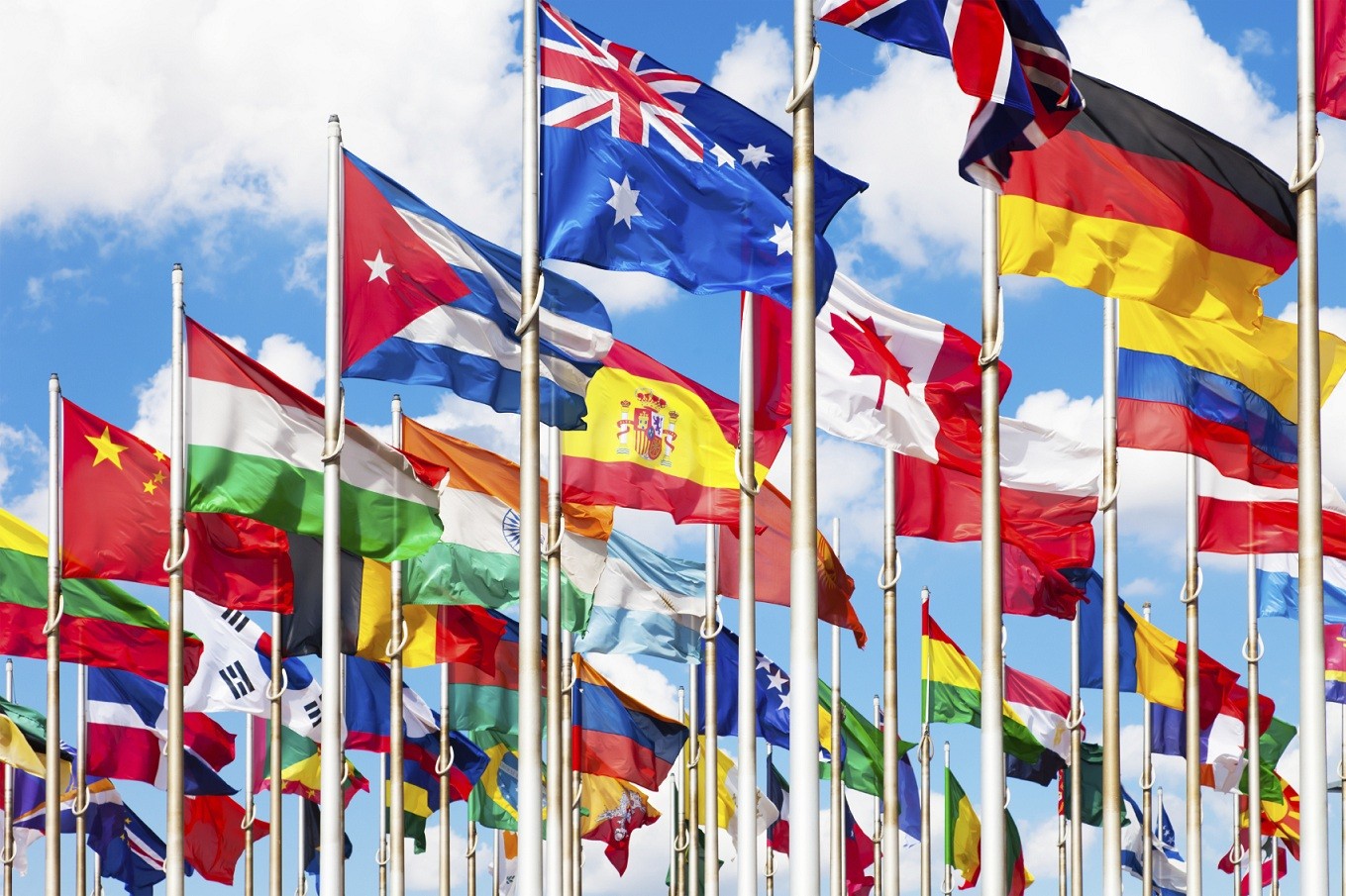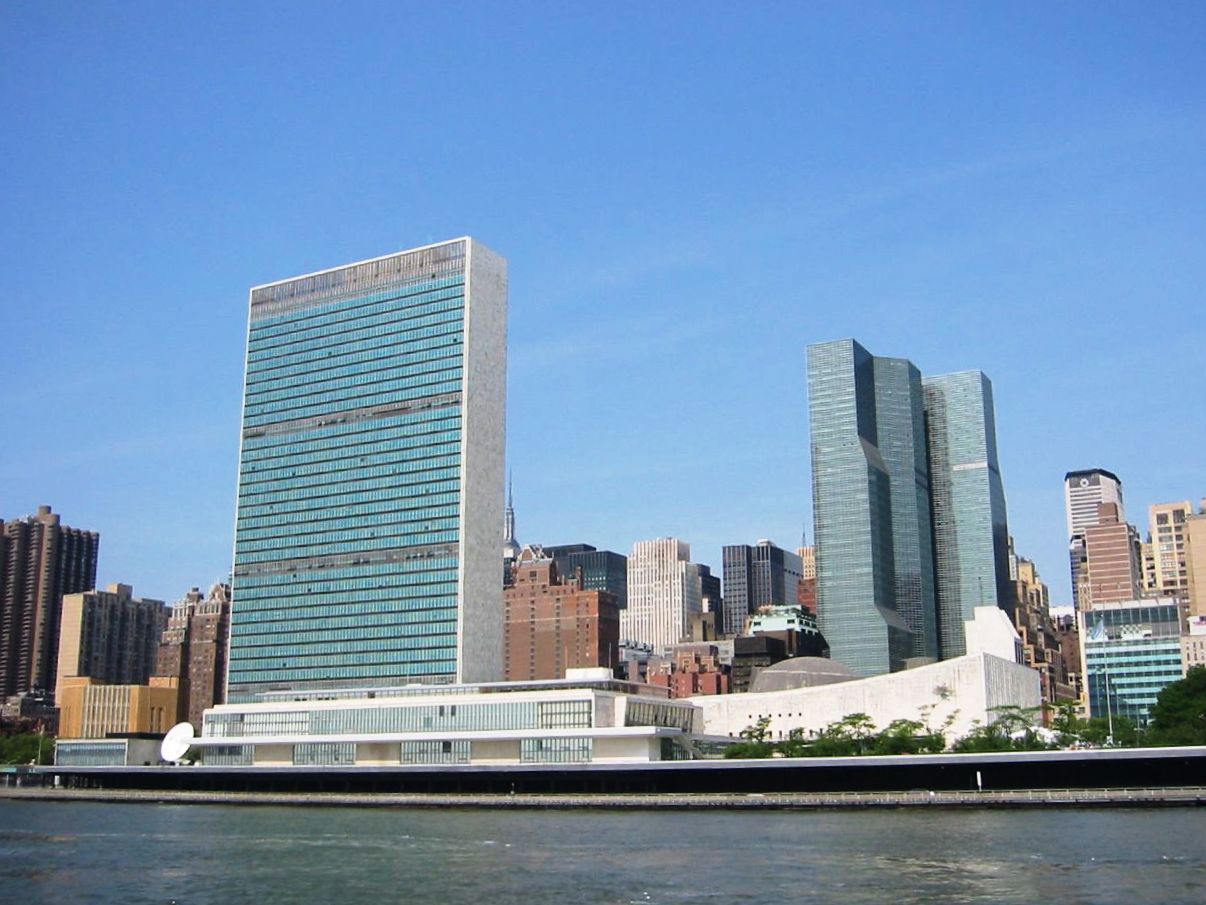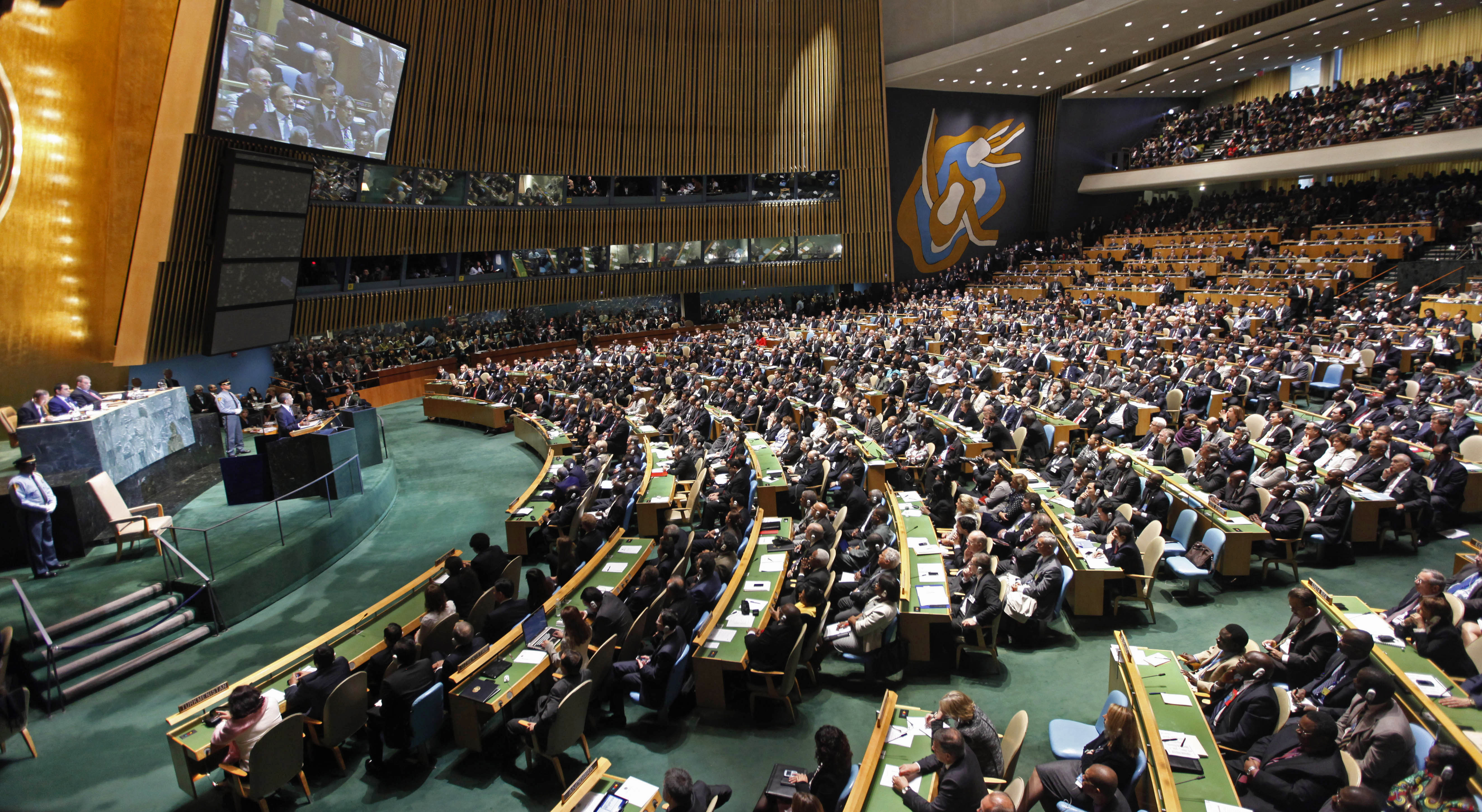The pandemic reached every corner of the world, infecting more than 90 million and, so far, has killed close to 2 million people worldwide. The crisis responses, however, entailed difficult choices between saving lives and saving livelihoods, between speed of delivery and efficiency, and between short-term costs and long-term impacts.
Global Macroeconomic Prospects

while a deeper crisis has been averted in the immediate term, central banks are facing an increasingly challenging operating environment, characterized by structurally weaker economies, greater uncertainty, and more fragile financial systems. This new post-crisis reality may force a rethink of the role of central banks and monetary policy.

The world registered a record reduction of energy-related CO2 emissions in the first half of 2020. However, this year?s reduction is projected to be a one-time dip, and only has an infinitesimal impact on the buildup of atmospheric CO2

The drastic policy measures by the European Central Bank (ECB) over the past years, notably its asset purchase programmes, have led to fears of money flooding the economy and that this will ultimately result in run-away inflation further down the line.

The COVID-19 pandemic has created a perfect storm for public finances in developing countries by undermining economic activity and affecting both the revenue and expenditure sides of the budget.

The COVID-19 pandemic has compressed global trade by magnitudes last seen during the 2008 global financial crisis. Trade has dropped sharply in developing countries, though with differences between regions.

The short-term impact of the pandemic on employment should be differentiated from its longer-term consequences, involving inter-sectoral changes in labour demand and further acceleration of robotization and automation, necessitating active labour market policies.

On average, weighted by the size of economies, the world economy points to a steep disinflation. However, inflation rates are diverging among countries. In the majority of countries, the price level has increased since the onset of the COVID-19 pandemic.

Millions of people are either losing their jobs or going through significant reductions of their income or working hours. This impact is unevenly distributed along education, gender, age and immigration divides.
 Welcome to the United Nations
Welcome to the United Nations
